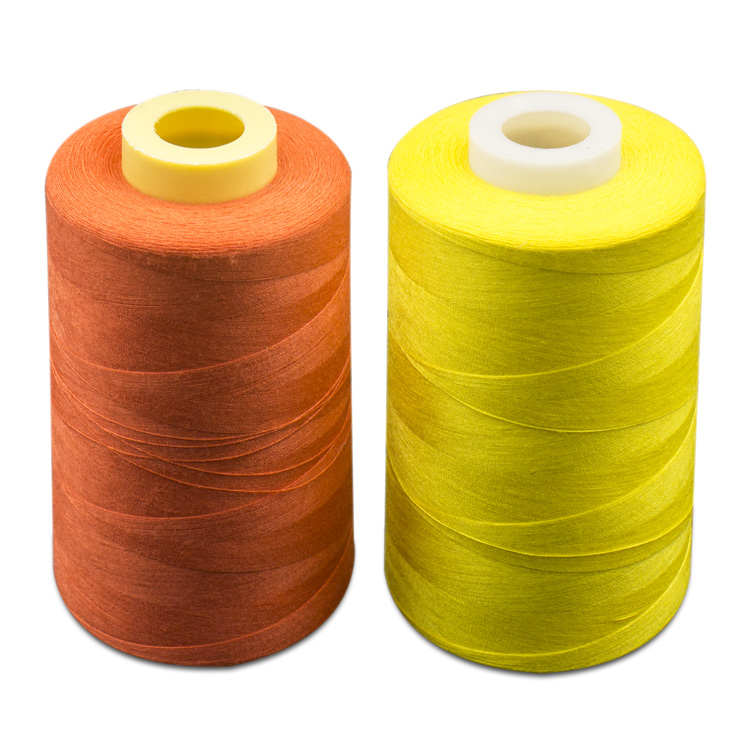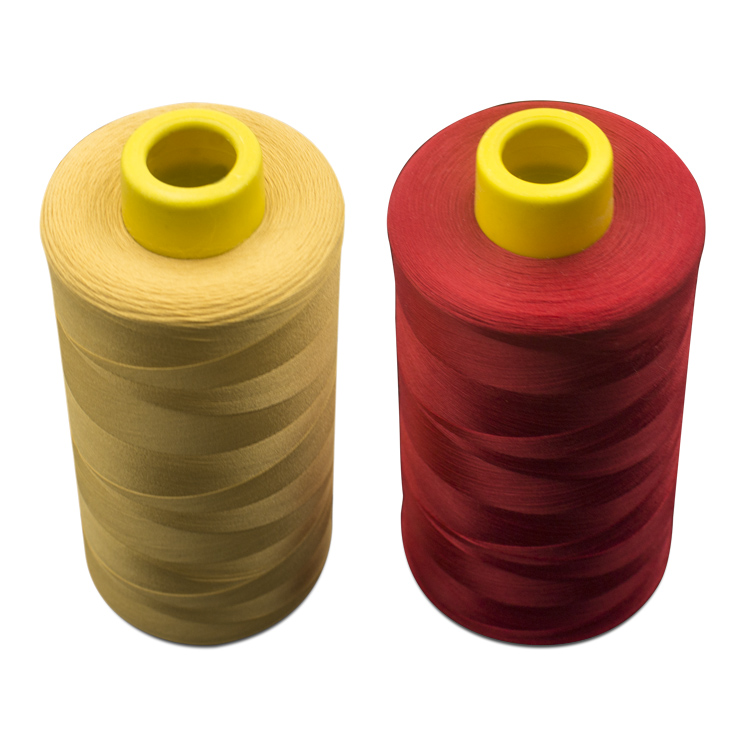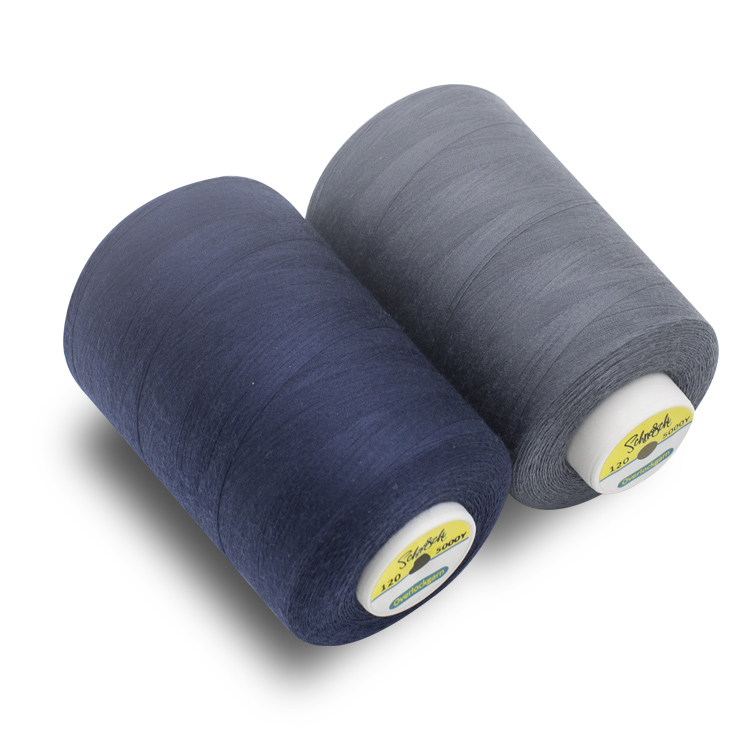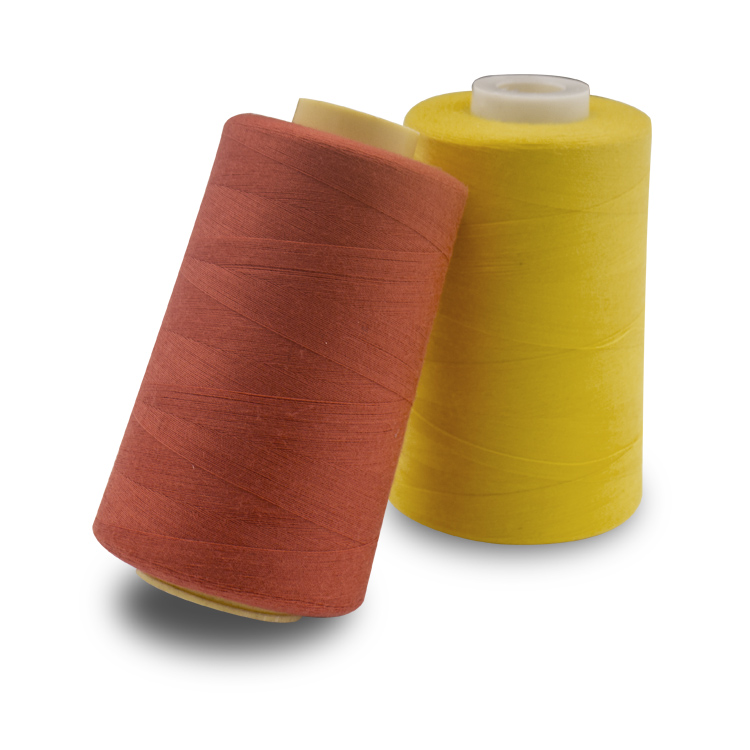
Three ways to teach you how to reduce yarn thread defects and improve quality
The fabric quality includes the intrinsic quality and appearance quality of the fabric.
With the increase of internationalization and brand awareness of apparel enterprises, the demand for defect-free yarn thread and defect-free cloth Market urges textile enterprises to require more and more stringent length and size of cotton appearance yarn thread defects.
Therefore, in the production process of cotton yarn thread, more and more attention has been paid to 100,000 meters yarn thread defect testing, data analysis and control.
Especially with the development of electronic clearing technology of automatic winder, the improvement of splicing quality provides an effective guarantee for the reduction of cotton yarn thread defect.
Method 1 Strengthen equipment overhaul and parameter setting
From the root cause, A2 yarn thread defect belongs to raw yarn thread defect, which shows short, small and many distribution on the fabric surface.
This yarn thread defect is usually caused by the high short fibre rate, low maturity and high defect content of raw materials.
In order to reduce the fine yarn thread defects of cotton yarn thread, it is necessary to formulate strict cotton blending standards for raw materials, and constantly revise the clearer parameters N and S in winding process.

In the spinning process, immature cotton fibers tend to form a large number of crooked yarn thread defects, so it is necessary to control the quality of raw cotton.
When formulating the quality control standard of raw cotton, we should not only consider the quality requirements of different cotton yarn thread numbers in controlling the quantity of fine yarn thread defects, but also consider the quality requirements of weaving and dyeing products for cotton yarn thread. Cotton blending is better, not only the grade, length and fineness of cotton blending should be controlled, but also the content of immature fibers and short fibers should be properly controlled.
Because of the existence of short fibers in cotton, the high-speed operation of spinning equipment will make a large number of short fibers become flying flowers and dust.
These flying flowers and dust adhere to the spinning equipment or yarn thread channel, resulting in many yarn thread defects.
Therefore, in order to reduce flying flower slub yarn thread defects, it is necessary to strengthen the standardization of operation and cleaning system, the institutionalization of equipment maintenance and wiping, and the institutionalization of special checks, and to implement them one by one, and to strengthen the recording and inspection to ensure that all processes do not accumulate flowers, do not hang flowers, do not twist flowers, do not stick flowers, and do not destroy the yarn thread structure.
Winding process is the last quality control process in spinning and the first quality control process in weaving.
Electronic clearer is an important means to control yarn defects.
In addition to the task of removing yarn defects, yarn thread defect detector also has an important point to control the efficiency of automatic winder.
The clearing process of electronic clearer should be set according to fabric requirements to determine whether it is relaxed or tightened.
For high-grade fabrics, the main function of electronic yarn thread cleaner is to remove some neps N and short slugs S.
Relatively speaking, its defect clearing load is relatively heavy.
The parameters N and S of the yarn cleaner should be constantly revised in production practice, and the process can be verified by rewinding the bobbin. Through these measures, we can obviously reduce A2 yarn thread defects.

Method 2: Setting up electro-cleaning technology reasonably to reduce yarn thread defects and improve yarn quality
With the continuous development of electronic technology, the function of electronic yarn thread clearer is becoming more and more powerful, but blindly pursuing the minimum yarn thread defects while ignoring the production efficiency will cause too much shearing.
Dense shearing will bring about a higher rate of slitting errors. Small yarn thread defects are reduced, but harmful large yarn defects are difficult to remove and knots are increased.
The winding efficiency is obviously reduced and the cost is increased. Therefore, the quality and efficiency should be taken into account in reasonable process parameters of electro-cleaning.
When setting the clearing process parameters, the enterprise can set the initial clearing process according to the test results of 100,000 meters yarn thread defects, and then optimize the clearing process parameters according to 100,000 meters yarn defects of the bobbin yarn thread.
Of course, it is also possible to set the process parameters of electro-cleaning first, and then do 100-tube yarn thread defect detection. We divide the 200 bobbin yarns threads into two parts.
The process parameters of loosening and tightening electro-cleaning in the same spindle position of the same machine are reversed, and the blank cut rate is calculated and tested.
If the initial process parameters are more empty-cut and more small yarn thread defects can be cut out, but more big yarn defects can be cut out after loosening, it means that the original process parameters are tighter; if the initial process parameters are less empty-cut, more big yarn thread defects and less small yarn thread defects will be cut out, and the small yarn defects will increase significantly after tightening.
If the original process meets the customer's requirements (low quality requirements), the original process can be maintained.
Otherwise, we should consider twice cleaning.
In short, the settings of electro-cleaning process parameters should be in line with the inherent quality of yarn thread and user requirements.
It is too late to do so.
The emphasis is to analyze the types and causes of yarn defects.
Effective measures should be taken from the aspects of technology, equipment, operation, temperature and humidity to reduce the number of yarn thread defects, improve yarn quality and make use of statistical data of electronic clearer.
It is not advisable to rely excessively on electro-cleaning to improve the quality of pre-process quality control with physical guidance.

Method 3. Strengthen the maintenance of spinning machine condition to reduce 60% of spindle belt slip twist yarn defects.
In order to reduce the mechanical twist yarn thread defects, we tested the yarn thread twist of spindles, spindle belts, tension discs and rolling discs under bad conditions, and selected five key control items according to the degree of influence for analysis.
The ingot belt hangs the drop ingot belt tension disc shaft or guard hook.
The main reasons are that the spindle belt is dropped when the yarn thread dropper cleans the spindle belt tension disc, and that the spindle belt slips out of the spindle belt disc due to the oil-deficiency jitter of the tension disc or the stop of bearing wear and tear.
The ingot belt is seriously deviated, that is, the ingot belt runs out of the ingot plate.
The main reason is that the spindle belt is pulled out when the yarn dropper cleans the spindle tray with a brush.
The diameter of the spindle belt deviation position is smaller than that of the spindle disc, resulting in strong twist yarn thread.
On the contrary, it is weak twist yarn thread.
Pressure failure. The tension boom of spindle belt of JWF1516 spinning frame is designed to be leveraged and open.




